Tutor style? Tooter? Wait, it’s Tudor? Okay, I guess I never really knew the right name for those houses with white panels and large dark wooden beams through them, but I always knew that I liked the style. In reality, the specific aesthetic that I enjoy is called half-timbering, and that is what creates the distinctive style that is colloquially referred to as Tudor style (shown below).
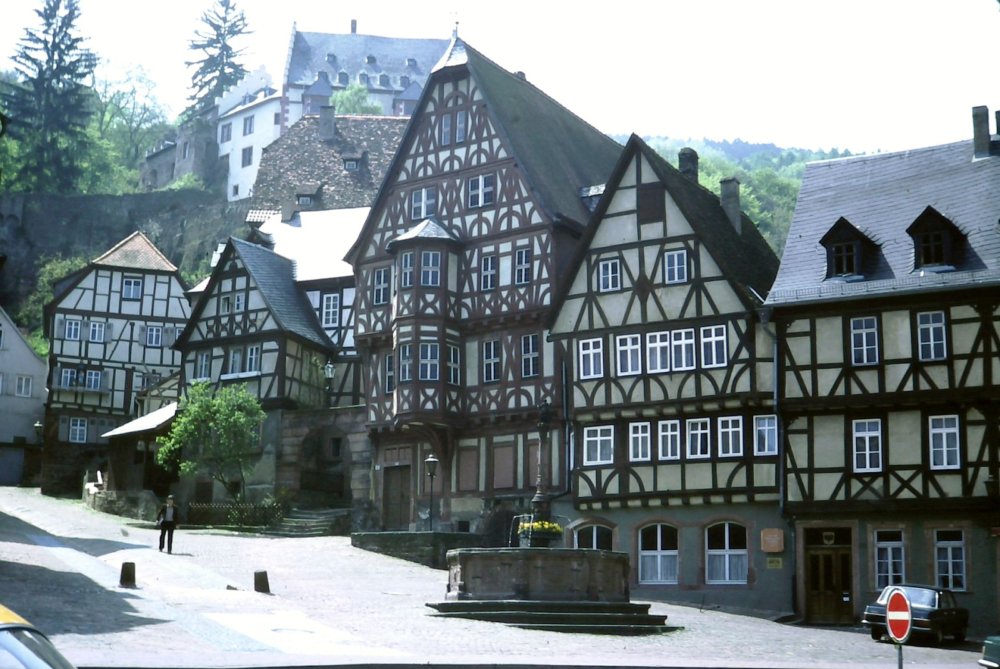
Tudor style architecture gets its name from the House of Tudor, an English ruling family during the Tudor period (what a coincidence!) from 1485-1603. Tudor style is a subset of the overarching Medieval architectural style in England. From the Tudor style came a subset, called Elizabethan architecture, which was popular from 1560-1600.
While half-timbering was a common element in a lot of Tudor architecture, it was far from the only defining feature. Other notable features of the style include brick and stone, especially with half-timbering on the level above, depressed arches (also known as the Tudor arch), and brick chimneys. The chimney was actually a relatively new invention at the time.
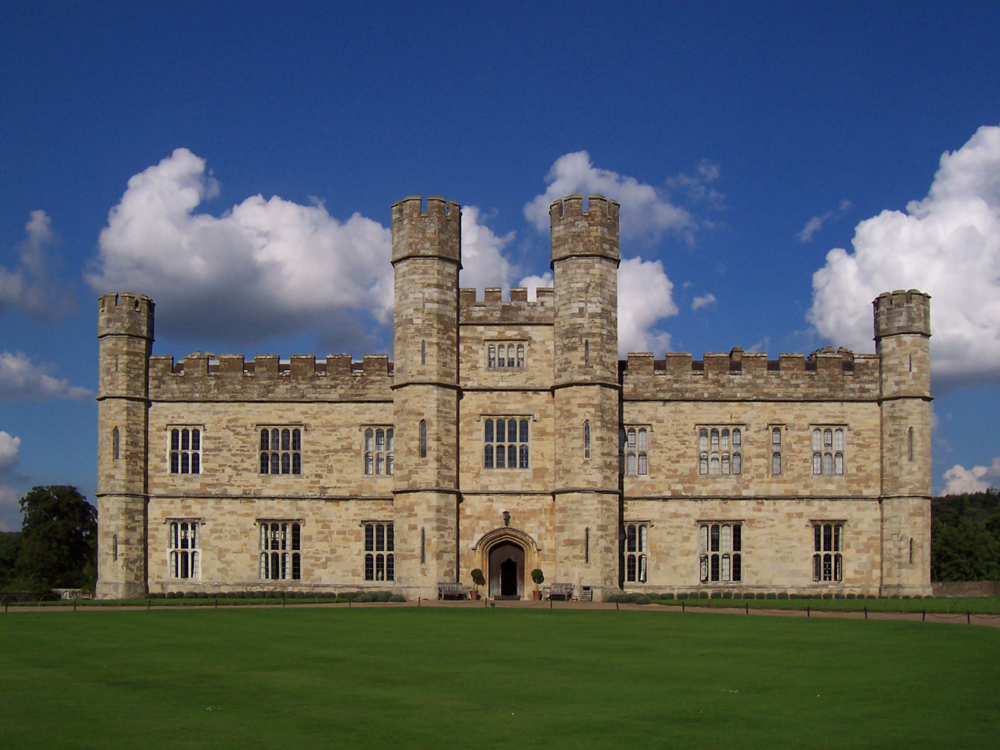
An example of a Tudor building without the half-timbering that is so commonly seen is the Leeds Castle (shown above). We can see in this image that the castle is entirely made of stone, has a depressed arch in the front, and has square windows. Additionally, (while this is certainly not the original landscaping) the large, flat, manicured yard show here is common for the style. During the time period in which Tudor architecture was popular, landscaping was also quite common. Fountains began to become popular as well as angular landscape features and enclosed courtyards.
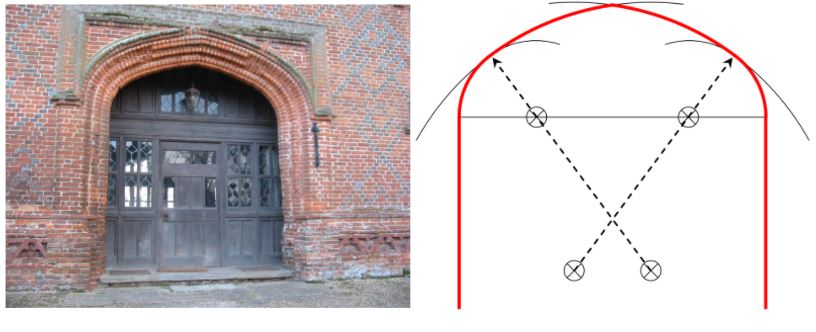
While not exclusive to the Tudor style in England, the depressed arch was extraordinarily popular in Tudor buildings. This arch is also called a 4-centered arch. The 4 comes from the fact that there are 4 distinct radii (2 on the left and 2 on the right which are symmetrical) used to achieve the shape. In the image above we can see that the bricks are straight on the sides, curve quite sharply (slightly above the top of the glass), then slacken out to come to a point. This shape is called depressed since it looks like someone sat on top of a regular arch and squished it out a bit. The implementation of this design allowed for less wasted space around square windows and doors.
Okay, so now that we know what the Tudor style actually is, let’s get back to its colloquial usage. As I mentioned above, the phrase “Tudor style” has largely come to mean a building with half-timber construction. So, what exactly is half-timber construction then?
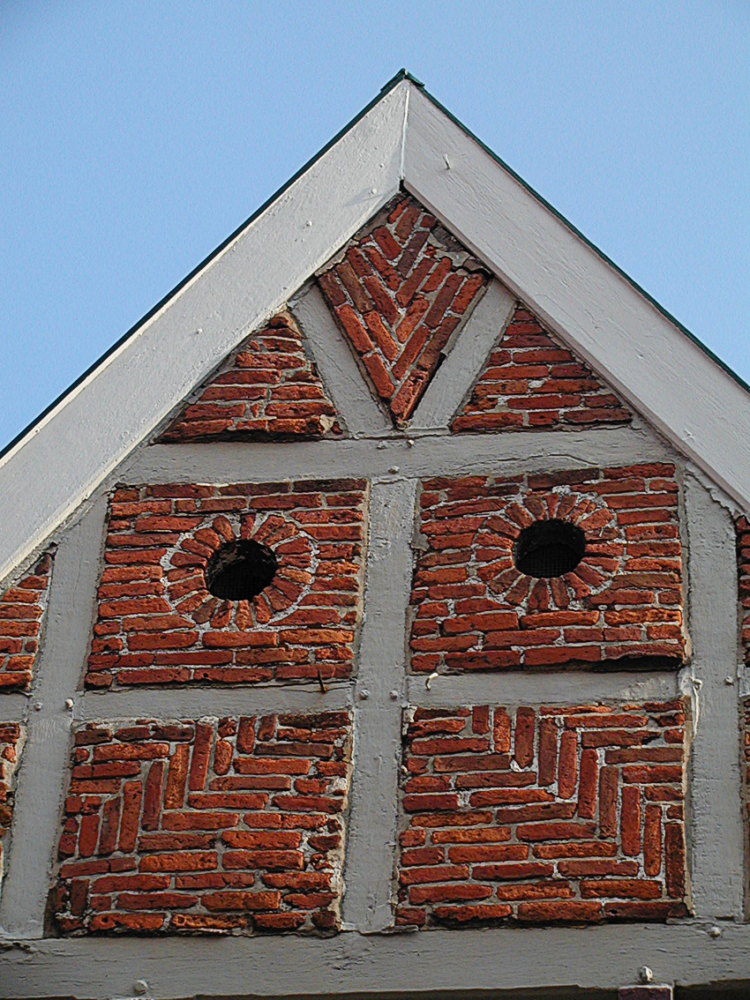
Excellent question, me! Half-timber is a subset of timber framing in which the timber is left exposed on the exterior of the building with wall material, called infill, between the wood. This infill is non-structural but is commonly stone or brick (shown above). In the Tudor style the infill is often covered with a white plaster. A great example of this white plaster covered infill is shown below.
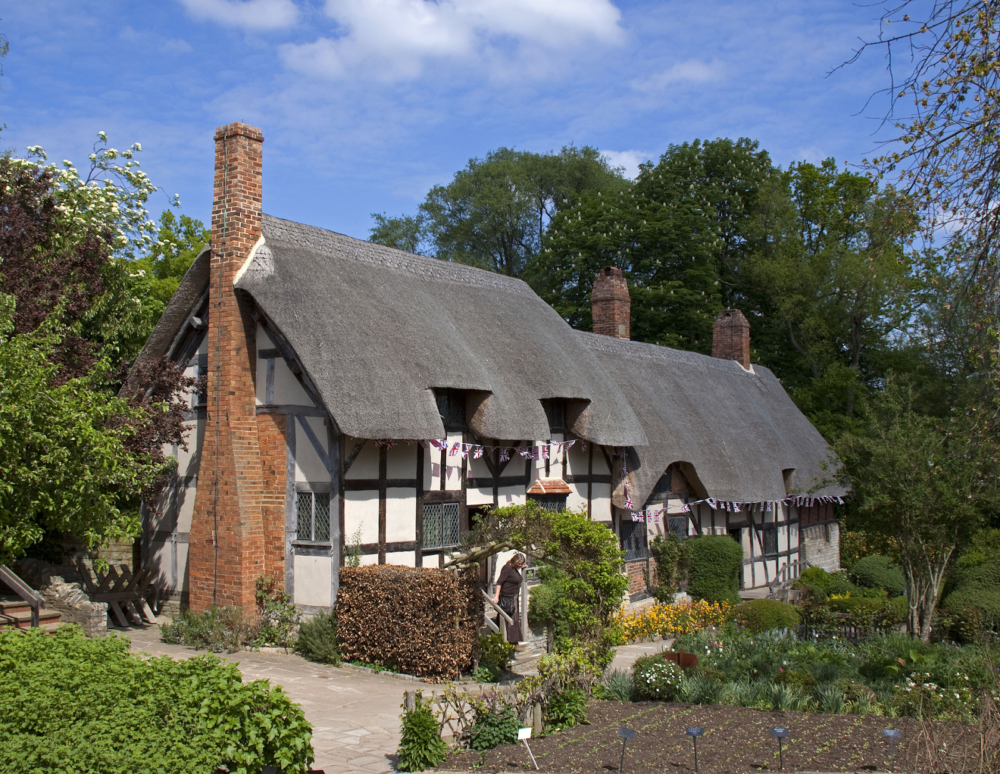
This is my dream home. Thanks for reading!
Image sources (In order of appearance):
https://commons.wikimedia.org/wiki/File:Dornstetten-p01_crop.JPG
https://en.wikipedia.org/wiki/File:Leeds_Castle_(2004a).jpg
https://en.wikipedia.org/wiki/File:N2_layer_marney3.jpg
https://en.wikipedia.org/wiki/File:Four-Centred_Arch.svg
https://en.wikipedia.org/wiki/File:Otterndorf_Eulenloch.jpg
https://commons.wikimedia.org/wiki/File:Anne_Hathaways_Cottage_1_(5662418953).jpg
Other links:
https://en.wikipedia.org/wiki/Tudor_architecture#Hallmarks_of_Tudor_architecture
https://en.wikipedia.org/wiki/Timber_framing#Half-timbering


4 Comments. Leave new
Hey James! I’m also a big fan of the Tudor architecture. You’re post does a great job explaining all the different popular styles of the time. I was particularly interested in the 4-centered arches. They appear to have a really unique blend of aesthetics and mathematics which I find impressive. I was curious about the different roofing options. Several of the houses appear to have timber roofs while the others a thatched. Is there one that you prefer or that was more popular for the time period?
Hey Callum! I didn’t know you were in this class. It’s always nice to see familiar faces (or screen names? Covid is werid). Anyway, thanks for reading and pointing those things out. I actually didn’t know about he 4-centered arches before I started reading about this style for this assignment. I always have appreciation for the mathematicians/ craftsman of history that somehow figured out stable structures when it seems so hard today (even with our advanced mathematics).
In regards to roofing options, I think that the Tudor period was long enough to see several roofing options. One common theme in roofs of this style is the steep pitch, but there seem to be many accepted materials. They are commonly seen with thatched roofs, slate shingles and more modern shingles. I am quite partial to thatched roofs, but they are certainly not the most practical.
Hey James, very cool aesthetic to share! I really like this style and I think your post does a great job of explaining the elements of the Tudor style. I remember going on field-trips in elementary school to a historical site called ‘Tudor Place’, and now I know what that means!! ( because I definitely wasn’t paying attention to anything they were explaining to us when I was 7 years old ). Anyways, I noticed that you expressed interest in this style for a home. If you were to build your house in this style how would you do it? Would you use a more traditional or stone style, or are do you just like the timber-framed look? Is there anything in particular that you would change or add?
Yay, another Tudor lover!
Your question is quite interesting. I hadn’t really considered how I might go about designing my own (as opposed to buying). To be honest, I am mostly in to the timber-framed look. I would probably want the plaster filled frames with dark timber. I think it would be cool to mix and match design elements that might not exactly match like circular windows and mixed construction. I’m not sure exactly how this would look, but I think I could get away with mixing in some modern/ minimalist elements. I do find myself to really enjoy cozy spaces, so I think I could, alternatively, incorporate a natural and overgrown landscape with a small cottage-y house.